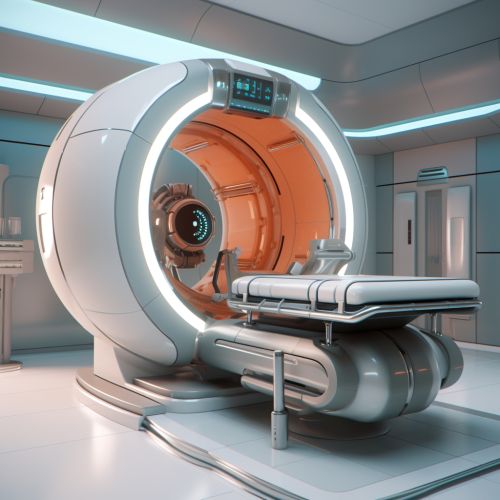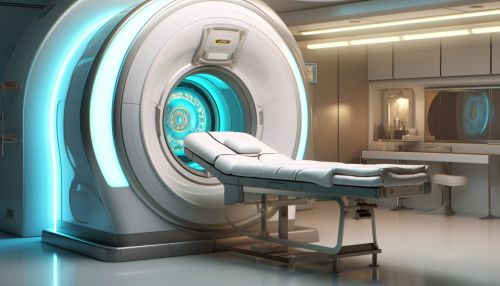Functional magnetic resonance imaging
Introduction
Functional magnetic resonance imaging (fMRI) is a non-invasive neuroimaging technique that allows for the visualization of brain activity. It works by detecting changes in blood flow in the brain, which are associated with neural activity. This technique has revolutionized the field of neuroscience, providing insights into brain function and aiding in the diagnosis and treatment of neurological and psychiatric disorders.
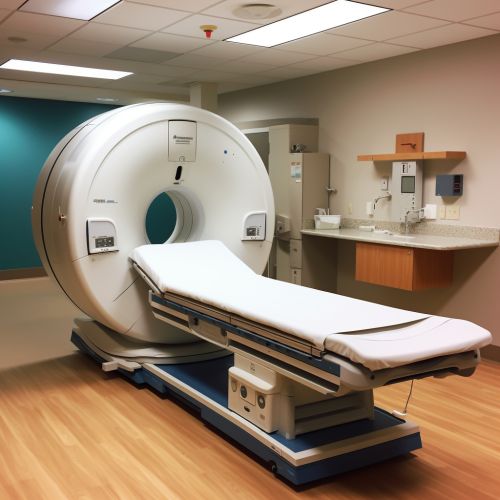
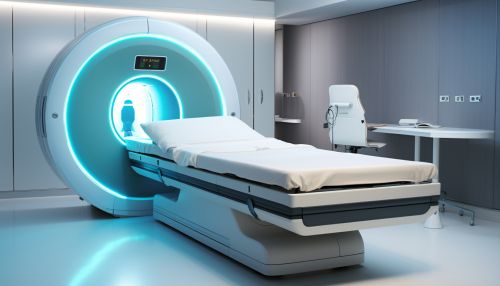
Principles of fMRI
The underlying principle of fMRI is based on the hemodynamic response, which is the change in blood flow and oxygenation in response to neural activity. When a brain region is active, there is an increase in the demand for oxygen, leading to an increase in blood flow to that region. This change in blood flow can be detected and mapped using MRI, providing a measure of neural activity.
The primary form of fMRI uses the blood-oxygen-level dependent (BOLD) contrast. This method takes advantage of the fact that oxygenated and deoxygenated blood have different magnetic properties. When neurons are active, they consume oxygen from the blood, increasing the level of deoxygenated blood. However, the body overcompensates for this by increasing the blood flow to the active area, resulting in an overall increase in oxygenated blood. The BOLD signal is sensitive to this change, allowing for the detection of neural activity.

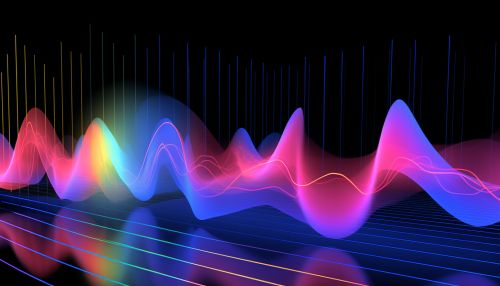
fMRI Techniques
There are several techniques used in fMRI, each with its own advantages and disadvantages. The most common technique is BOLD fMRI, which has been discussed above. Other techniques include arterial spin labeling (ASL), which measures cerebral blood flow, and diffusion tensor imaging (DTI), which maps the diffusion of water molecules in the brain and can provide information about white matter tracts.


Applications of fMRI
fMRI has a wide range of applications in both research and clinical settings. In research, it is used to study the functional organization of the brain, such as mapping the brain regions involved in different cognitive tasks. It is also used to study the changes in brain function associated with different neurological and psychiatric disorders, such as Alzheimer's disease, schizophrenia, and depression.
In the clinical setting, fMRI is used in the preoperative planning for brain surgery. It can help to map the functional areas of the brain, such as the motor and language areas, to avoid damaging these areas during surgery. It is also used in the diagnosis of certain disorders, such as epilepsy, where it can help to localize the epileptic focus.
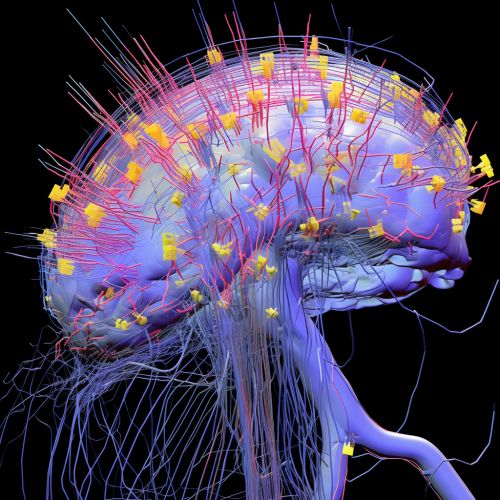
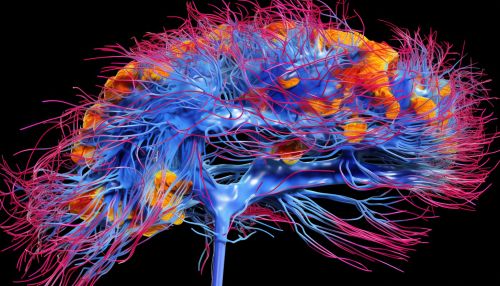
Limitations and Challenges
Despite its many advantages, fMRI also has several limitations and challenges. One of the main limitations is its indirect measure of neural activity. The BOLD signal is based on changes in blood flow and oxygenation, which are indirect measures of neural activity. This can lead to issues with interpretation, as the BOLD signal can be influenced by factors other than neural activity, such as changes in blood pressure or heart rate.
Another challenge is the spatial and temporal resolution of fMRI. While fMRI has a relatively high spatial resolution compared to other neuroimaging techniques, it still cannot resolve activity at the level of individual neurons. The temporal resolution of fMRI is also limited, as the hemodynamic response is slower than the actual neural activity.

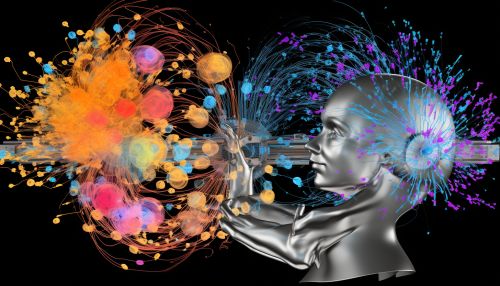
Future Directions
The field of fMRI is constantly evolving, with new techniques and applications being developed. One of the main areas of research is the development of techniques to improve the spatial and temporal resolution of fMRI. This includes the use of ultra-high field MRI scanners, which can provide higher resolution images, and the development of new analysis techniques to better interpret the BOLD signal.
Another area of research is the integration of fMRI with other neuroimaging techniques, such as electroencephalography (EEG) and magnetoencephalography (MEG). These techniques can provide complementary information, with EEG and MEG providing high temporal resolution and fMRI providing high spatial resolution.
